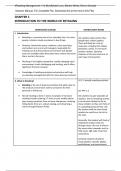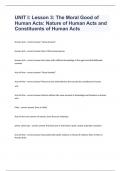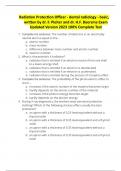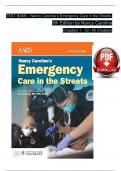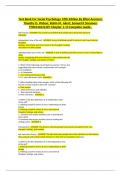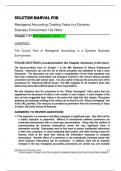Exam (elaborations)
Solution Manual For Retailing Management 11th Edition By Michael Levy, Barton Weitz, Dhruv Grewal (Latest Edition 2023-24, Grade A+, 100% Verified)
- Course
- Institution
Solution Manual For Retailing Management 11th Edition By Michael Levy, Barton Weitz, Dhruv Grewal (Latest Edition 2023-24, Grade A+, 100% Verified) (For Complete File, Download link at the end of this File) Solution Manual For Retailing Management 11th Edition By Michael Levy, Barton Weitz, D...
[Show more]
